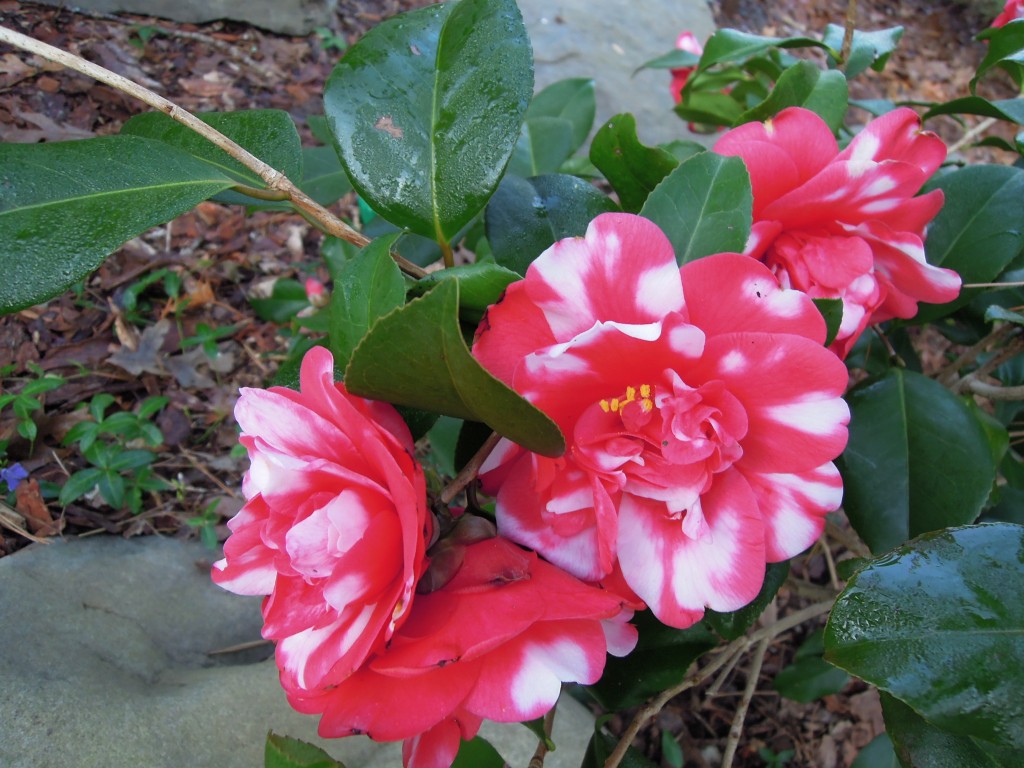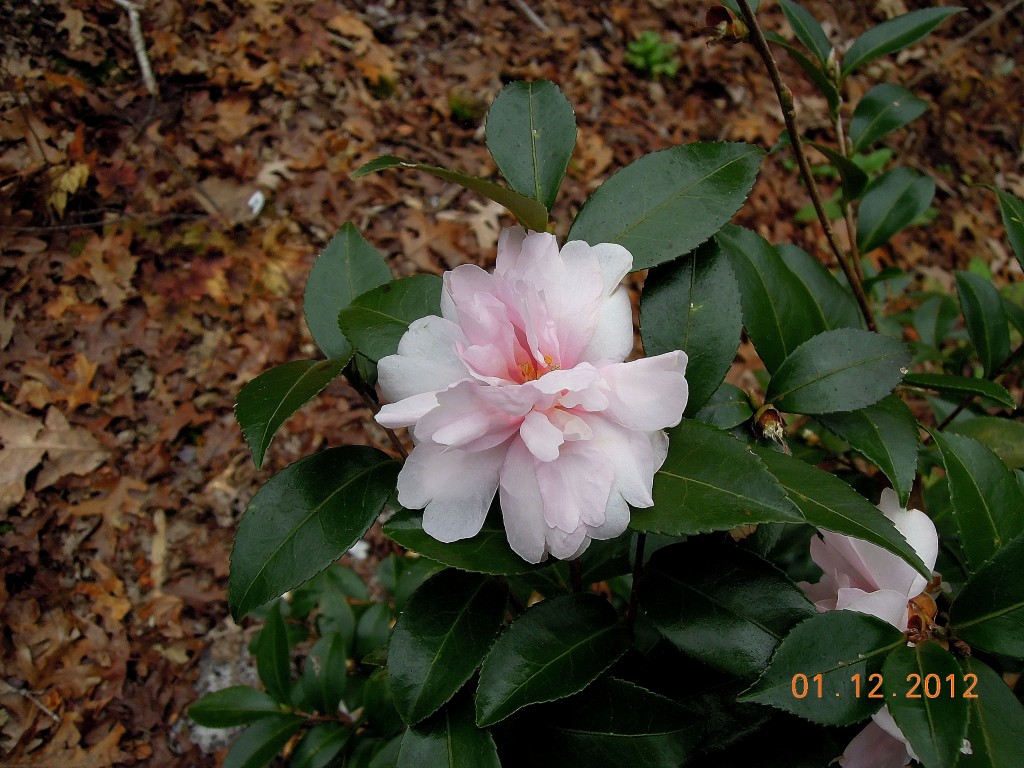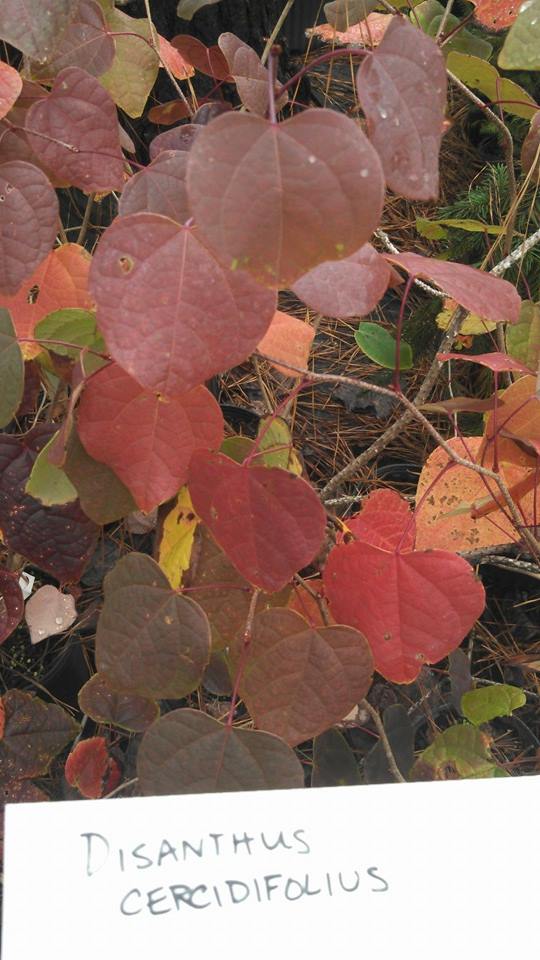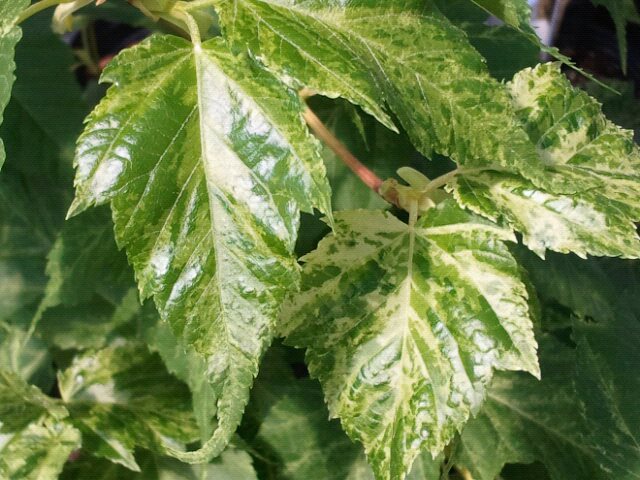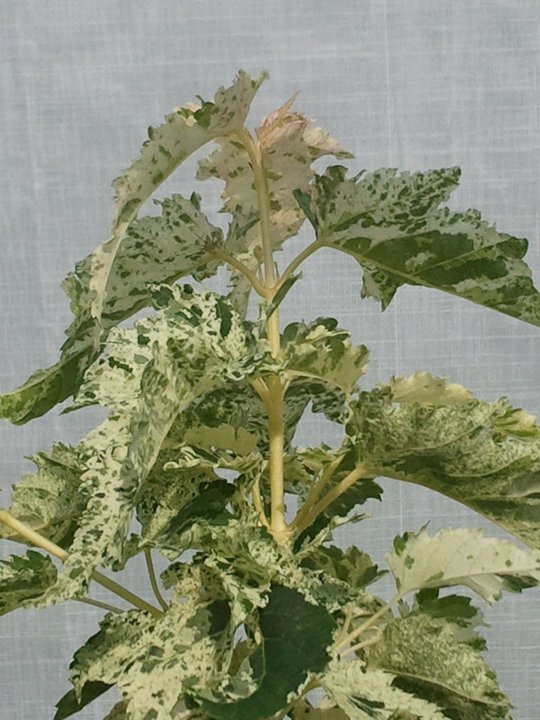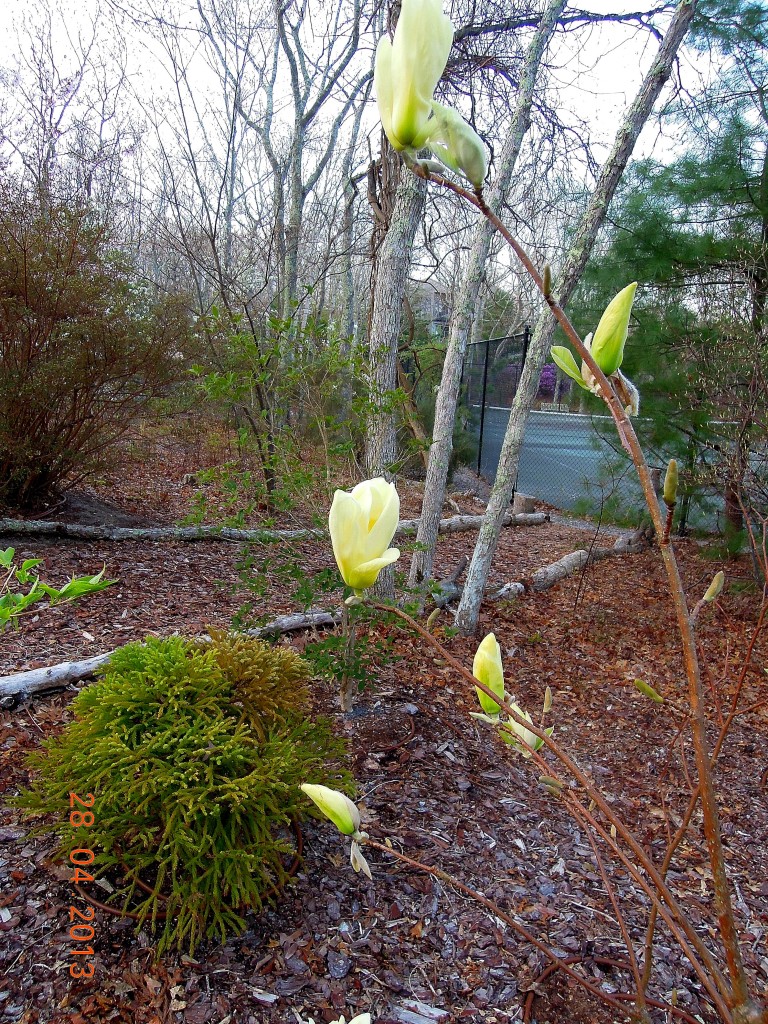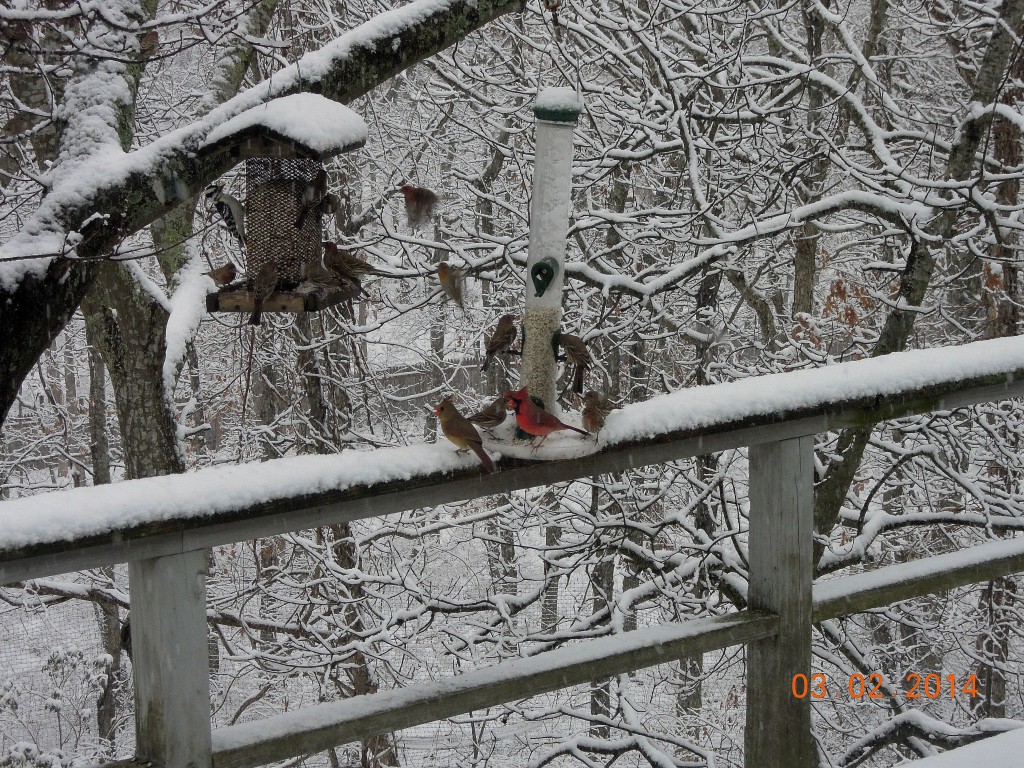Camellia Forest Nursery has a nonpareil inventory of camellias, as well as a fine selection of unique trees and shrubs, many that are hard – if not impossible – to find in the trade. Here are my 2014 choices, plus a few old favorites:
Camellia japonica ‘April Blues’
April Blues is a new addition to the outstanding April Series of zone 6, cold-hardy camellias, introduced by the acclaimed camellia hybridizer, Dr. Clifford Parks. (Dr. Parks’s wife and son are co-owners of Camellia Forest Nursery.) Aptly named, the plant’s deep pink flowers take on interesting bluish-purplish tones in cool weather. The camellia is a late Spring, prodigious bloomer. (No photo currently available.)
You might also like one of my older japonica favorites, the lovely bi-color, eighteenth century introduction, Camellia japonica ‘Governor Mouton’. (Photo below.)
Consider, too, the Nursery’s extensive collection of fragrant, hardy, Fall blooming sasanquas, including the sought after but difficult to find pink beauty, Camellia sasanqua ‘Jean May’. (Photo below.)
In my garden, Jean May has bloomed from September to frost, even in 2012 when she thumbed her nose at the Oct.-Nov. combined assault of Hurricane Sandy and a Nor’easter. The Nursery has a limited supply; grab one while you can. (See also my earlier post of December 2, 2012, “Fabulous Camellias for Northern Gardens: Autumn Flowering Sasanquas”.)
Disanthus cercidifolius (Zones 5-8)
With its pretty, heart-shaped, blue-green leaves that in autumn turn fabulous shades of red and purple, this award-winning, relatively rare, deciduous ornamental shrub is an ideal plant for a shady garden. Disanthus thrives in acidic, organic-rich, moist, well-drained soil – a perfect companion for rhododendrons – and is both pest-resistant and disease-resistant. An added bonus are the surprising, dainty, reddish-purple flowers that show up at about the same time the leaves drop.
Acer caudatifolium ‘Variegatum’ (Zones 7-9)
I’m very excited about this dazzling Taiwanese Striped-Bark Maple that flaunts pink-flushed new growth which becomes a variegated, rich green splashed with white, and then turns a brilliant orange-gold in autumn. Moreover, young trees sport exquisite, creamy-white bark. Amazing! Provide moist, well-drained soil in shade.
Cryptomeria japonica ‘Globosa Nana’ (Dwarf Japanese Cedar, Zones 6-8)
While Globosa Nana is a wonderful, award-winning dwarf conifer, it is not generally available. I bought one from Camellia Forest about five years ago and now have a second on order. The plant has an appealing, dense, dome-shaped form and a well-behaved mounding habit so you never have to prune a wayward stem. It is said to have a mature height of from 4-6 feet, but it’s a slow grower. (Photo below of Globosa Nana in my garden, alongside Magnolia ‘Yellow River’.)
You can easily access Camellia Forest’s 2014 catalog by clicking on the blog link to the right.
As I write this, we are snowed (iced?) in again. What a winter! Not much I can do about it but dream of Spring. And feed our friends.
2/23 Update Alert: Camellia Forest’s printed 2014 35th Anniversary Plant Catalog is now available.
